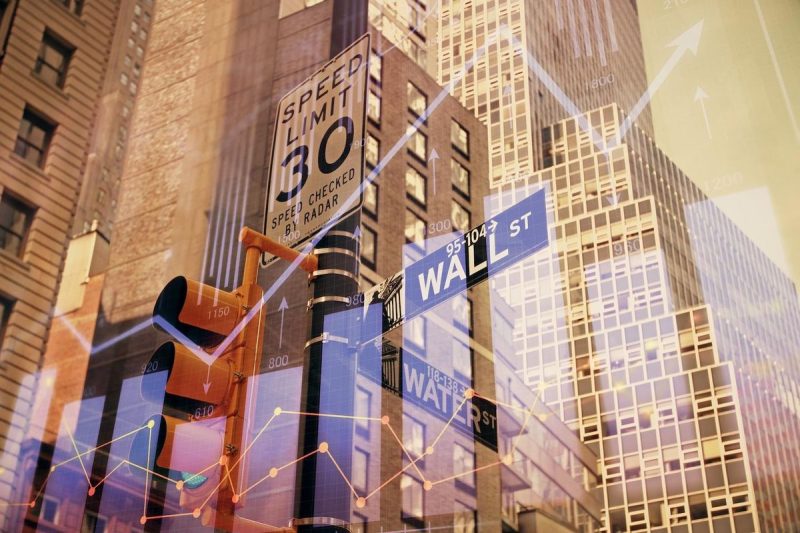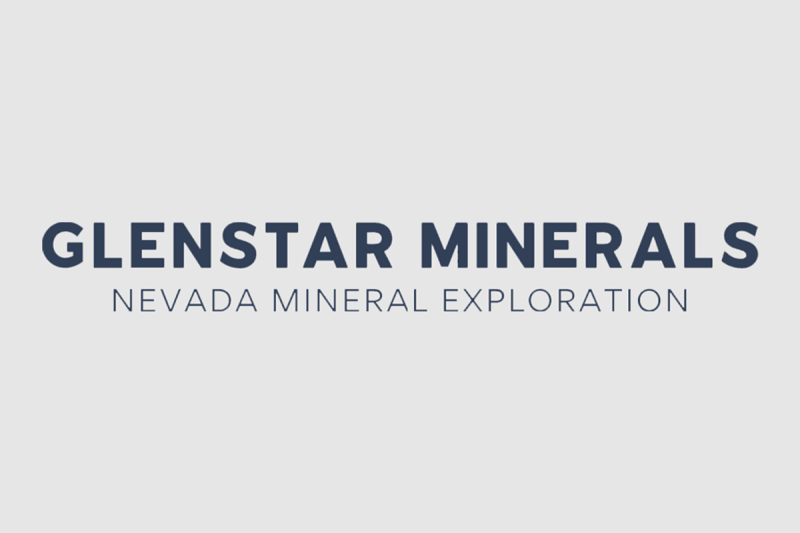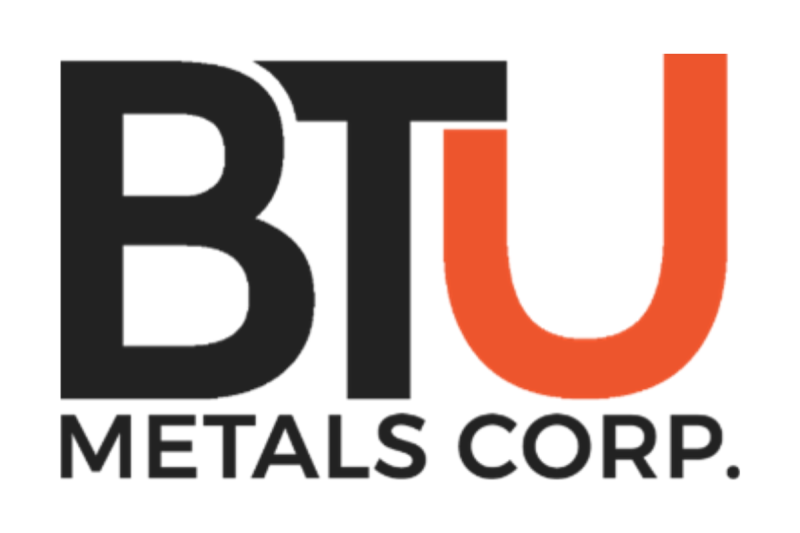Bert Dohmen, founder and CEO of Dohmen Capital Research, discusses precious metals.
He believes gold’s fundamentals support ‘much higher prices’ for a number of years, and sees silver doing even better as the US faces down the specter of potential deflation.
Securities Disclosure: I, Charlotte McLeod, hold no direct investment interest in any company mentioned in this article.









